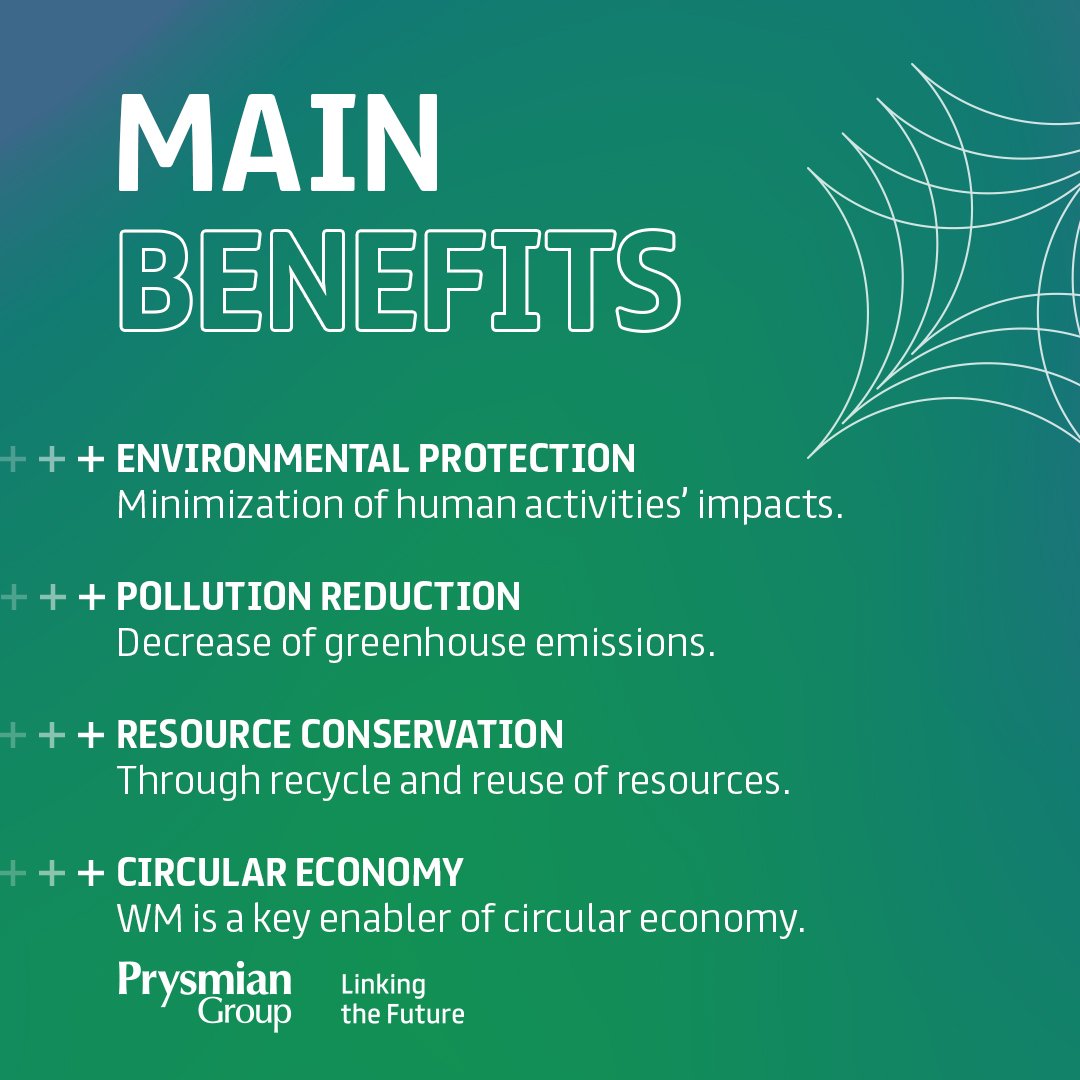Some Known Incorrect Statements About Reclaim Waste
Some Known Incorrect Statements About Reclaim Waste
Blog Article
The Best Guide To Reclaim Waste
Table of ContentsThe 2-Minute Rule for Reclaim WasteThe 10-Minute Rule for Reclaim WasteReclaim Waste - The FactsNot known Details About Reclaim Waste Reclaim Waste Fundamentals Explained
Explore the types, events, and forms of liquid waste. Domestic sewage waste describes the waste and items from a household septic storage tank. This kind of waste is created by people in homes, institutions, and other structures. This only includes septic systems that have a drainpipe field. The proper monitoring and disposal of residential sewer waste require liquid waste to be transferred to a sewage treatment plant where the appropriate methods and tools are applied to cleanse and dispose of waste.
Commercial waste frequently includes prospective threats, such as combustible products or a combination of fluid and solid waste items, and calls for a more sophisticated and detailed disposal procedure. The disposal of business waste typically involves the purification of waste before transportation to make certain secure and appropriate disposal. Hazardous waste is developed from by-products and overflow of commercial processes and production.
This kind of waste can not use the exact same sewage management transport or processes as septic or business liquids. The industrial waste administration procedure requires the inspection and screening of fluid waste before it undergoes the disposal procedure (liquid waste disposal). Drainage waste is the liquid waste that comes from overflow and excess stormwater in extremely inhabited locations or cities
Drainage waste can trigger contamination and flooding if not dealt with effectively. Discover more regarding drain cleansing and waste monitoring. Making sure appropriate waste monitoring can avoid disasters and minimize environmental injury. Both people in domestic settings and professionals in industrial or manufacturing industries can take advantage of comprehending the procedures and regulations of liquid waste administration.
The Ultimate Guide To Reclaim Waste
Contact PROS Providers today to discover regarding our waste management and disposal services and the proper means to take care of the fluid waste you generate.
(https://www.twitch.tv/reclaimwaste1/about)Do you understand what takes place to your water when you end, purge the commode or drain pipes the cleaning maker? No? Well, it's worth knowing. This supposed 'wastewater' is not only a vital resource but, after therapy, will certainly be released to our land, rivers or the ocean. Made use of water from commodes, showers, baths, kitchen sinks, laundries and industrial processes is recognized as wastewater.

water utilized to cool down equipment or tidy plant and equipment). Stormwater, a kind of wastewater, is drainage that streams from farming and metropolitan locations such as roofs, parks, yards, roads, paths and gutters right into stormwater drains, after rain. Stormwater flows without treatment directly to local creeks or rivers, ultimately getting to the sea.
An Unbiased View of Reclaim Waste
In Queensland, many wastewater is dealt with at sewage treatment plants. Wastewater is transported from residential or commercial websites via a system of drains and pump terminals, understood as sewage reticulation, to a sewage treatment plant.
The Department of Natural Resources recommends city governments regarding handling, operating and maintaining sewerage systems and treatment plants. In unsewered areas, regional governments may need homeowners to mount individual or house sewer therapy systems to deal with residential wastewater from commodes, kitchen areas, bathrooms and laundries. The Department of Natural Resources authorizes using family systems when they are confirmed to be reliable.
In some new class, therapy visit homepage of some stormwater to eliminate clutter, sand and crushed rock has actually begun utilizing gross contaminant traps. Wastewater treatment occurs in 4 phases: Eliminates strong issue.
Utilizes small living organisms recognizes as micro-organisms to damage down and get rid of remaining dissolved wastes and fine fragments. Micro-organisms and wastes are incorporated in the sludge.
Reclaim Waste Can Be Fun For Everyone
Nutrient elimination is not offered at all sewage therapy plants because it requires costly specialist equipment. Clear liquid effluent generated after treatment may still contain disease-causing micro-organisms - liquid waste removal.

This normally implies wastewater has to be treated or pollutants eliminated before it can be released to waterways. The majority of wastewater flows right into the sewage system. Under the Act, city governments carry out authorizations and permits for eco pertinent tasks (Periods) including wastewater releases that could have a neighborhood impact. The department provides approvals and permits to Periods entailing wastewater launches that may have a regional or statewide influence.
The Reclaim Waste Ideas
Otherwise, samples are considered laboratory analysis. Often many tests are required to establish the levels of each of the various pollutants such as oils, heavy steels and chemicals in water. Monitoring offers valid information about water top quality and can validate that permit problems are being fulfilled. The information obtained with surveillance provides the basis for making water high quality decisions.
Report this page